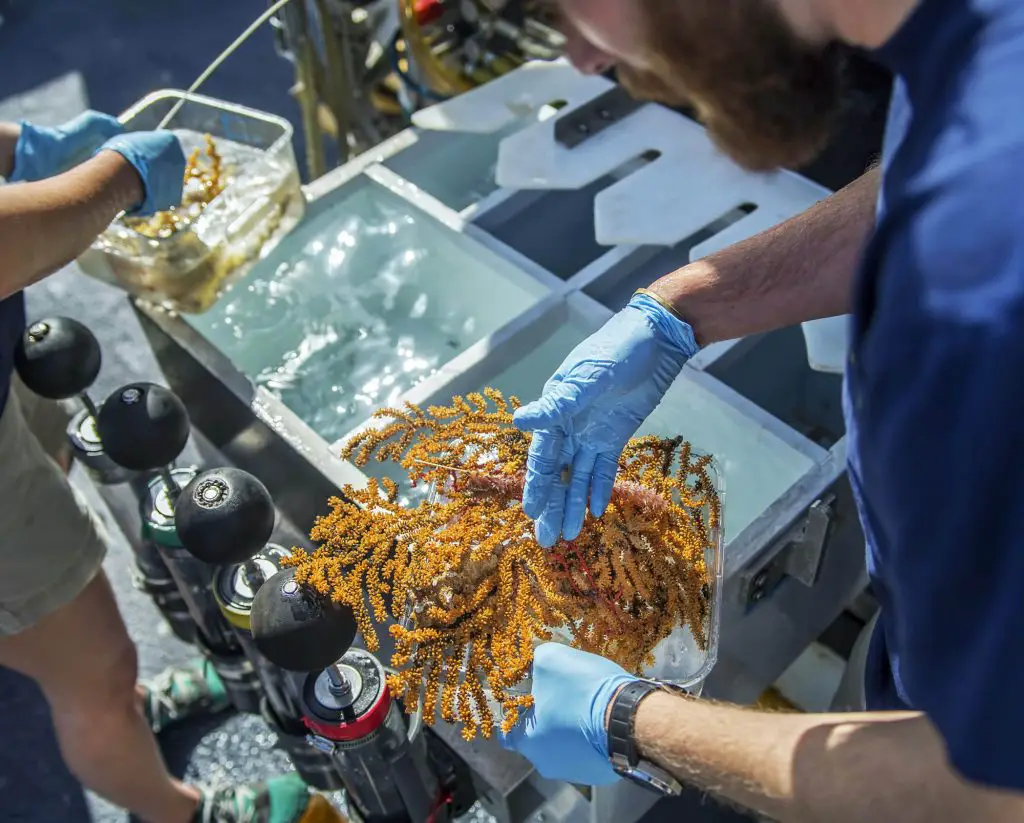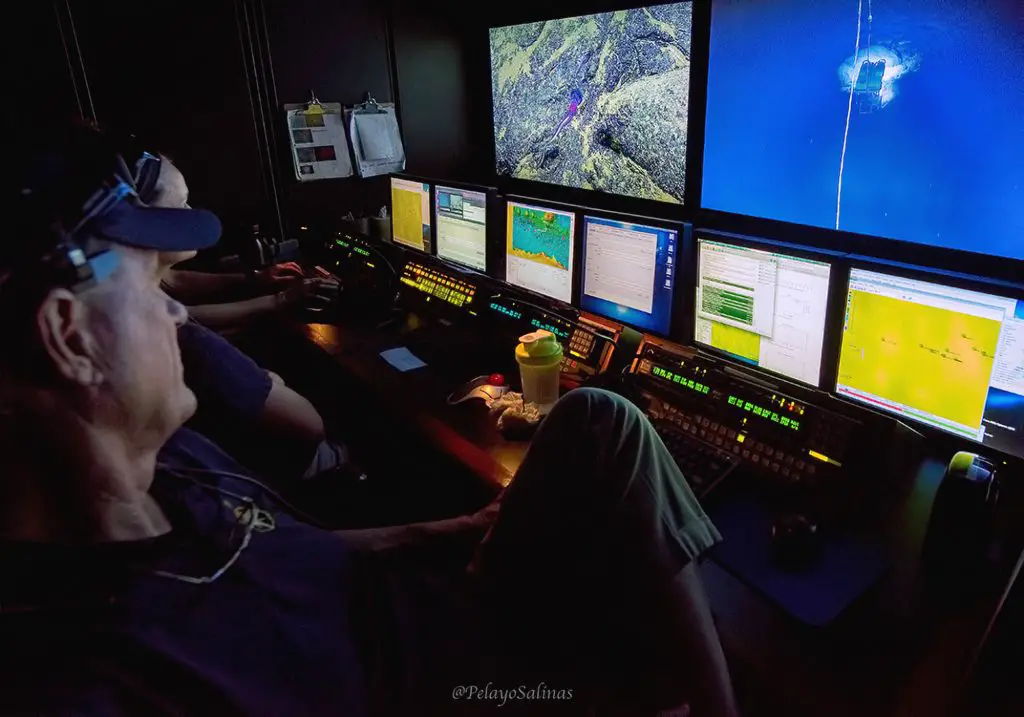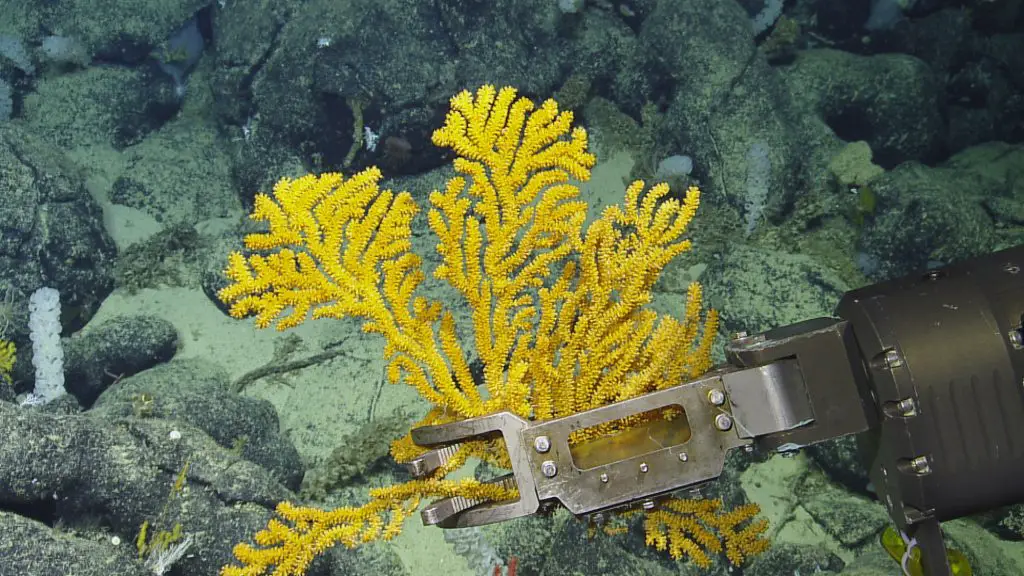Story By: Amanda Morales, Sub-Editor: Joseph Golder, Agency: Newsflash
A multidisciplinary team of experts has discovered 30 never-before-seen invertebrate species deep within the Galapagos Islands Marine Reserve.
According to newly released information by the Charles Darwin Foundation, the discovery is the result of a 10-day expedition carried out in 2015 in the deep protected waters of the Galapagos Marine Reserve located at the Galapagos Islands in the Pacific Ocean, in the western Ecuadoran province of Galapagos.
The new species include four squat-lobsters (crustaceans found in the two superfamilies Galatheoidea and Chirostyloidea), ten bamboo corals (family Isididae), four octocorallias (a subclass of Anthozoa), a brittle star (echinoderms in the class Ophiuroidea), and 11 species of the sponge family (phylum Porifera) in addition to the first giant solitary soft coral known to be in the area and a new genus of a glass sponge.

A team of scientists aboard the exploration vessel Nautilus, with the help of remotely operated vehicles (VORs), took videos and collected biological and geological samples from various underwatercommunities found at depths of between 290 and 3,373 metres (951 and 11,066 feet) in an area until then unexplored.
The samples obtained have been analysed by scientists from the Charles Darwin Foundation, in collaboration with the Galapagos National Park Directorate, the Ocean Exploration Trust and an international team of deep-sea experts.
The results of the study were published on 17th August in the Scientific Reports journal.

According to the Charles Darwin Foundation, the topography of the steep volcanic seamounts and the constant supply of food falling from the ocean surface together create favourable conditions for a diverse range of communities to thrive in the area.
The Galapagos Islands are the second largest marine reserve on the planet, declared a World Heritage Site in 1978 by UNESCO, and the archipelago with the second-highest volcanic activity on the planet.
According to the director of the study and Senior Marine Scientist of the Charles Darwin Foundation, Dr Pelayo Salinas de Leon, the protection enjoyed by the deep sea of the Galapagos Islands against bottom trawling or deep-sea mining enables the proliferation and maintenance of these unique communities in the world.

Dr Leon emphasises the importance of assuming “our responsibility and ensuring that these habitats remain pristine for generations to come.”
The discovery comes after a fleet of over 300 mostly Chinese fishing vessels was found near the Galapagos Islands, sparking fear of the impact on the local fauna.
The ViralTab page is created by and dedicated to professional, independent freelance journalists. It is a place for us to showcase our work. When our news is sold to our media partners, we will include the link here.



